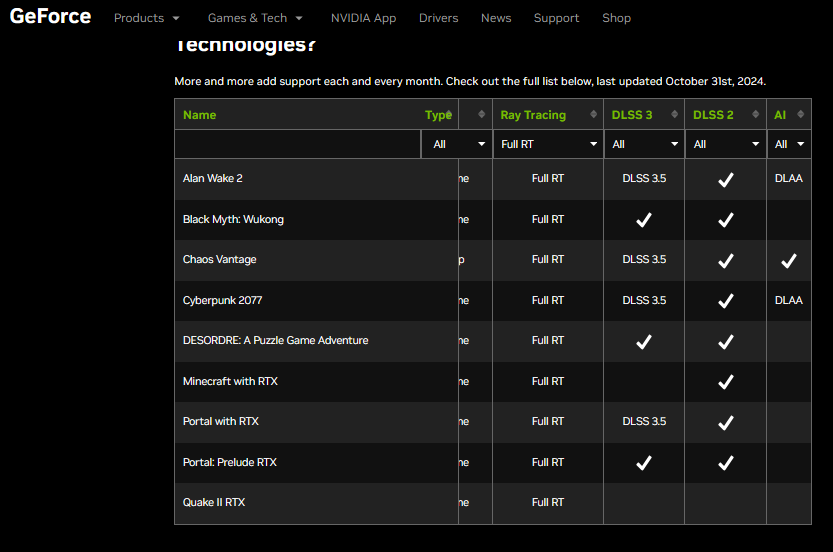Here's from 4A Games and how it helps speeding up the process, explained by DF:
Also: "Christmas for artists" + 5:36 onwards "way easier to make games visually", "shorten time span for delivering games".
Mostly I care because they should be able to make games faster and look better.
And as time shown, both videos are just peddling Nvidia marketing taking points (for obvious reason - both games were heavily Nvidia sponsored) and none of that is actually relevant for the consumer (gamer in this case). These are things only relevant to developers. None of those actually sped up game development or lowered the cost or lowered pricing for us - instead games got more expensive. Ergo, it has absolutely 0 bearing on consumers.
Nvidia's brilliant marketing somehow managed to push things that are just curiosities to consumers at most, as something relevant to us. We only should care about final product for specific price - how they make it, none of us should really care (aside pure curiousity). It's as if car manufacturer started talking about different machines that they use to assemble cars and how it speeds up their production etc. - nobody would care, they just want good car for proper price and that's where it ends for consumers.
LE: previously only10 shadow casting lights (obviously you can have more, but only a limited amount can cast shadows).
That's showing only one specific implementation in one engine, it has nothing to do with any other engine. Plus, again, it's Nvidia marketing that talks about things mostly relevant to game developers, not consumers.






